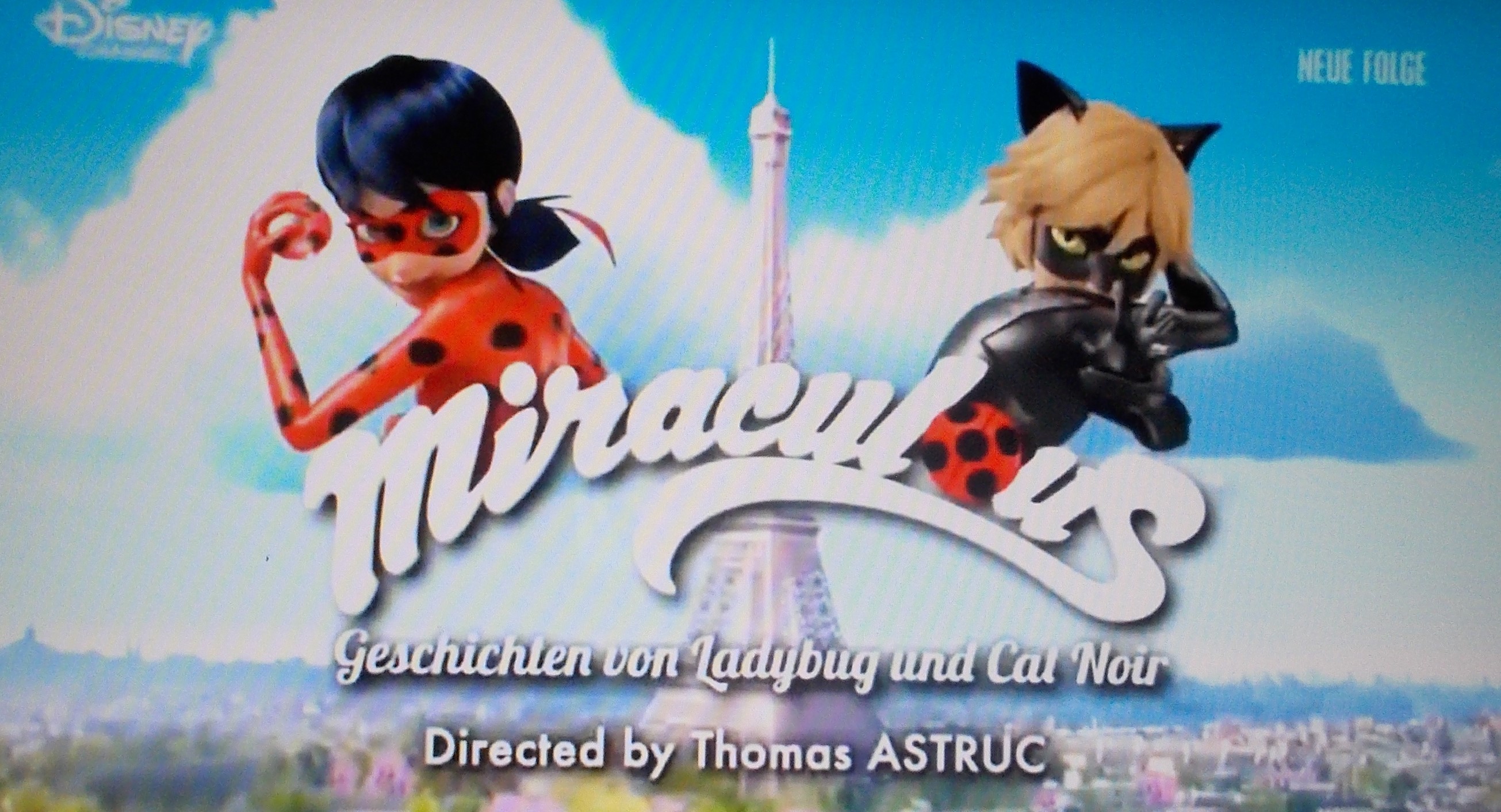Hartmut Pablo Günther
Not only did I read the fairy tale collection of the Brothers Grimm with joy over the years, but I also noticed that they consist of three very different groups:
1. Merry tales (example: Rotkäppchen): 85 fairytales,
2. Royal children's wedding fairy tales ( example: Snow White): 70,
3. Teaching fairy tales (example: Hans in luck): 40,
whereby the second group always attracted me the most, which is why I want to try to explain their special effect here.
I also wanted to know how often certain, fascinating, narrative means were used:
Animals : in 73 fairytales - Metamorphoses: 40 - Forest : 38 - Witch, stepmother : 35 - Christian elements: 16 - Hunters: 10 - Fountain: 7 - Devil: 7 - Giants: 7 - Dwarfs: 6 - Robber: 2 - Dragons: 2.
While the meaning of the merry and teaching tales do not give up any riddles, it is the case with the so-called " royal children's wedding fairy tales". The question is, why one and the same, a third of all fairy tales involved, action could be re-thought over and over again with such a tremendous amount of imagination, and could be so widespread - the first animated film in color was Disney's "Snow White and the Seven Dwarfs" (pictured above), and at the same time the most successful.
The plot of the royal children's wedding fairy tales go this way: One or more children from poor to royal family have to go out for various reasons (witch, evil stepmother) in the world (forest). There they expect a variety of dangers and trials (witches, dragons), but also great love. After overcoming all difficulties (metamorphoses) they return home as princes and princesses and celebrate wedding in the royal palace.
So it's about young people on the threshold between childhood and the adult world, about puberty. Similar challenges and transformations, such as learning a new profession, moving to a new area, and hoping for and striving for happiness, accompany us throughout our lives. Difficulties must be overcome. So, for example, who is bullied or stalked has to do with a "dragon".
The Brothers Grimm called their collection "Children's and House Fairy Tales", fairy tales for the whole family, for all generations. If the adults tell the children these fairy tales, probably the Calling for courage, energy and self-confidence - the purpose of these fairy tales - refreshed with them as well, and they too will be happy about the happy ending of all these wedding fairy tales.

The films about Superman, Spider Man, Barbie, Ladybug, etc., etc., like
the wedding fairy tales of the brothers Grimm, are all about the love between two
young people and their transformations.
Most feature films follow the same pattern; Films like James Bond and Indiana Jones are actually funny, ironic children's films; The German Heimatfilme of the 1950s are mostly well-made contemporary fairy tales - people no longer understand this today and unfortunately despise it.
Most feature films follow the same pattern; Films like James Bond and Indiana Jones are actually funny, ironic children's films; The German Heimatfilme of the 1950s are mostly well-made contemporary fairy tales - people no longer understand this today and unfortunately despise it.